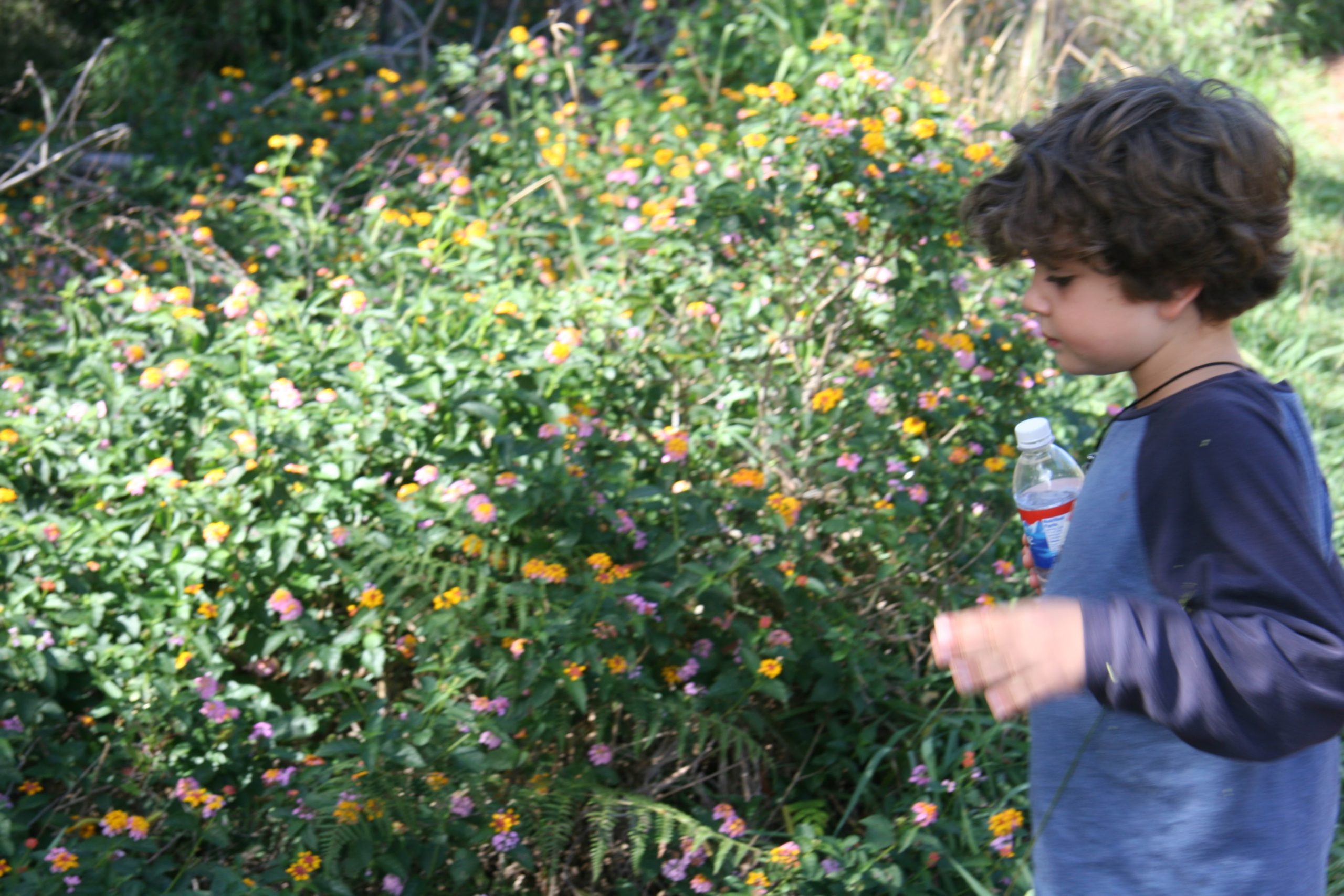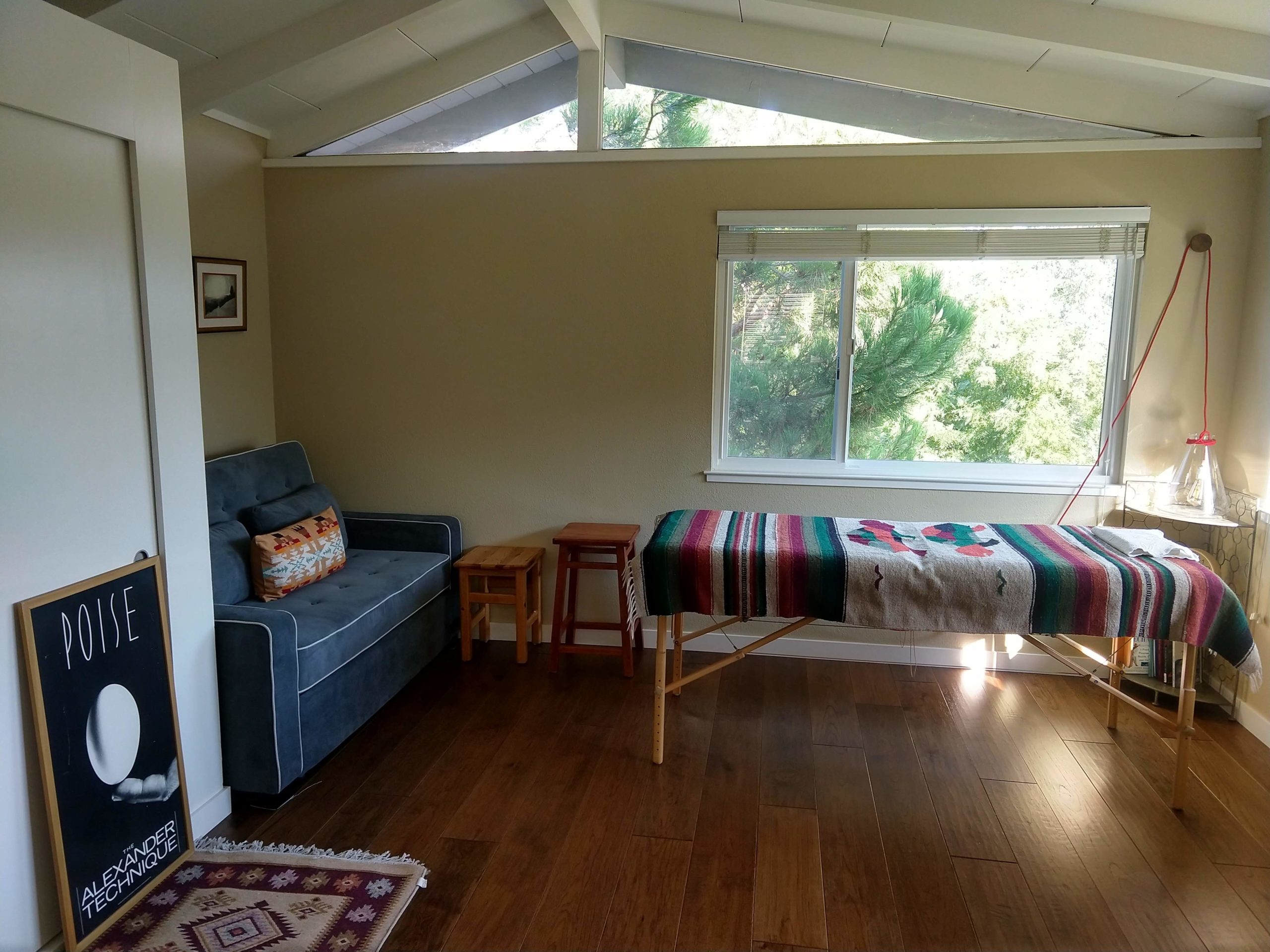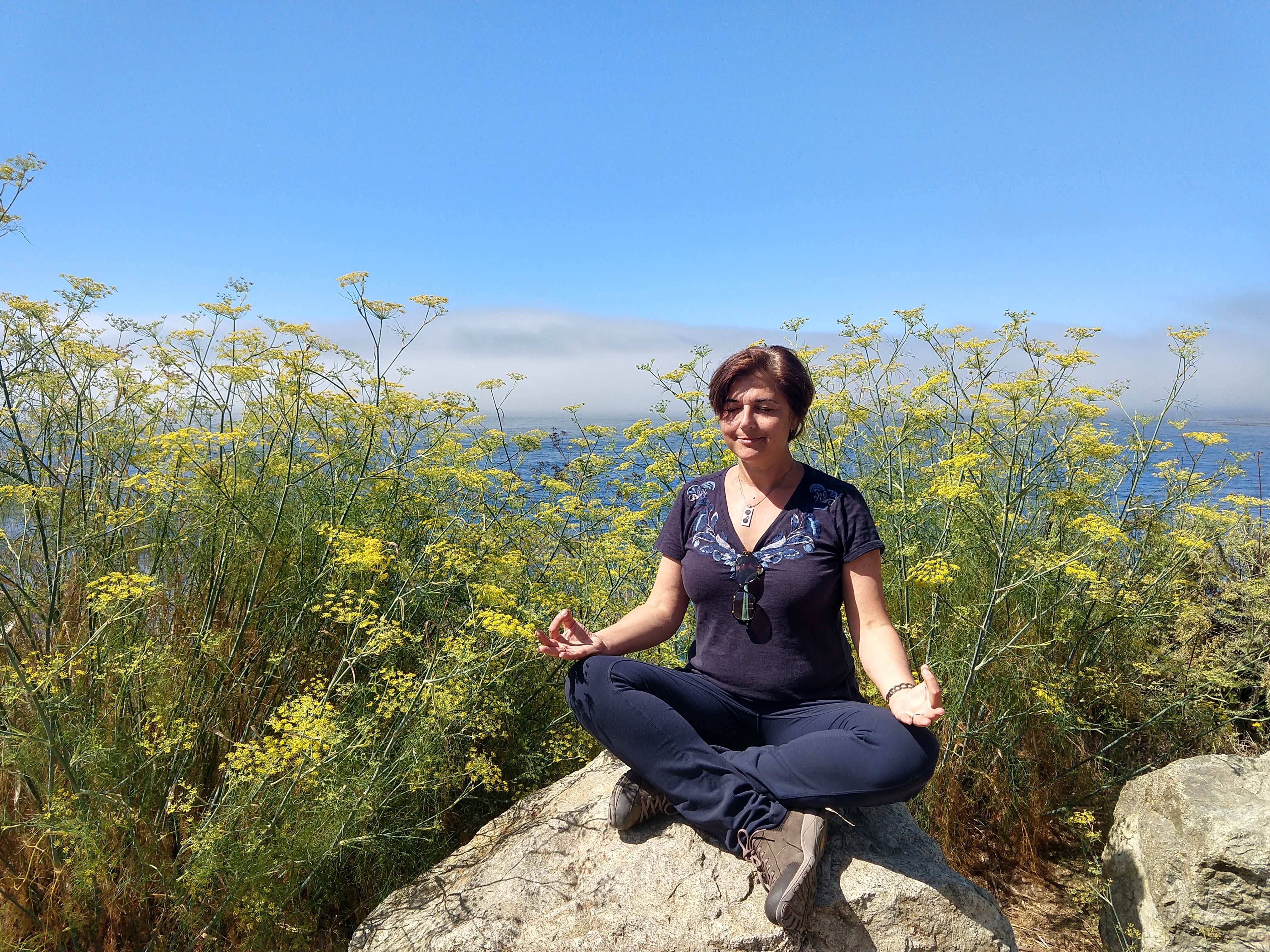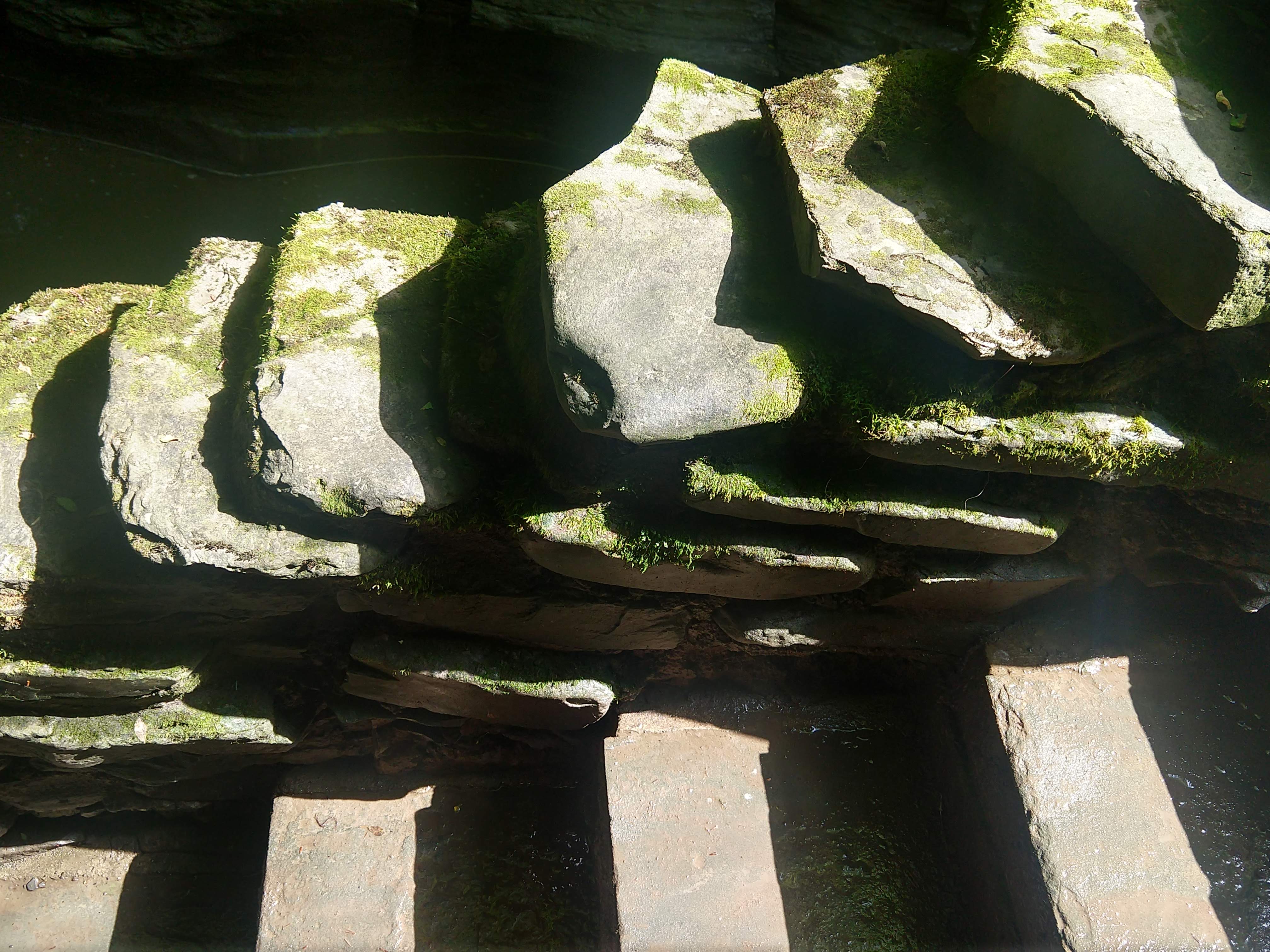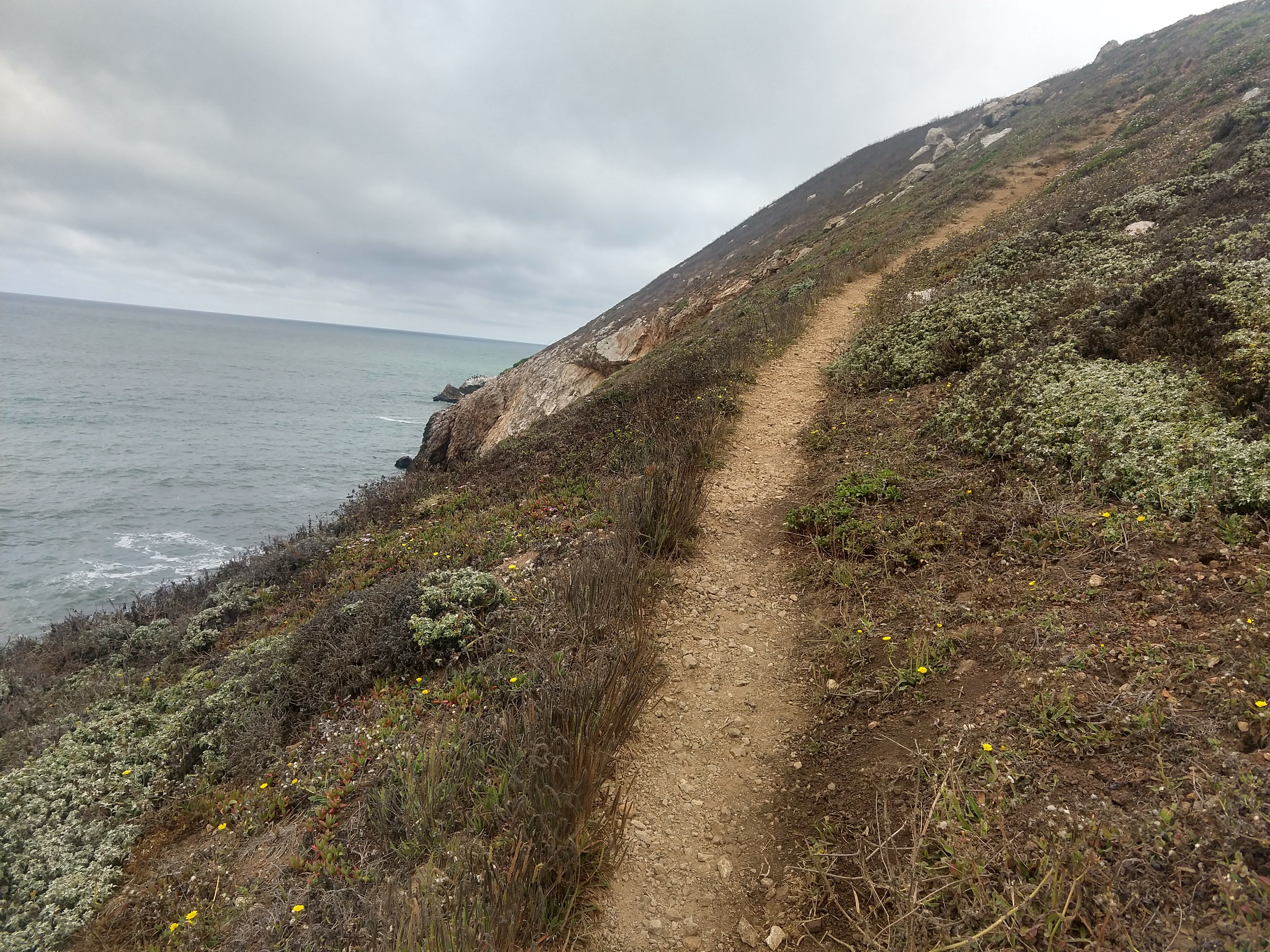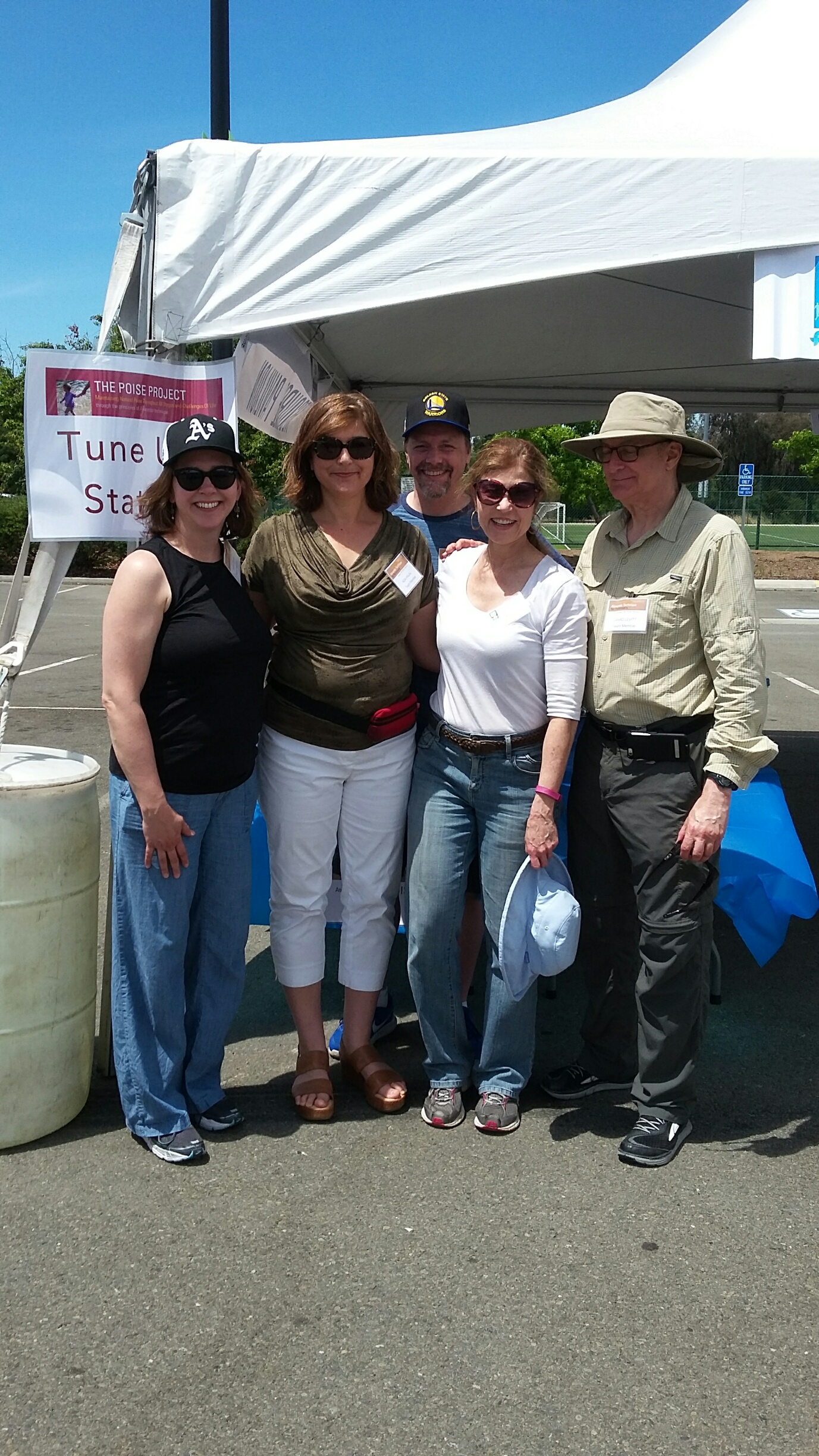The Interview (does being truthful affect our body?)
A record is playing in my head from the moment of awakening to the nightly shut-off.
What kind of ‘music’ am I listening to? What am I saying to myself and what am I saying to others? Byron Katie comes to mind, with her ‘stories’ and questioning process.
Lets say I have a job interview coming up. What am I telling myself? ” I will do my best”, “This is my best shot at stepping up the life ladder”, ” If I prepare really well/ look my best/ don’t make any mistakes/ don’t blank out and loose confidence/ slow down/ not tense up” – “then with some deserved/iundeserved luck I will grow in the world’s/my own eyes”
Now the question: is it true? A moment of deep breath, then: ” If it is not true, then here is another record we prepared for you”: “You are a failure and anyone can see it. No need to go through the whole effort business because you are no good. Or at least everyone is much better/younger/funner/lighter”.
Now is THIS true? Confusion. Peace of mind. Breathing.
“I am fine as I am. I don’t really need this job/promotion/fill in the blancs. I am healthy and I have food in the fridge. My children grew up to be nice people. Life is good. I am good. I can contribute a lot to this ailing and desperate company/business/hiring manager. It would be a sacrifice of my time and effort, but for the right sum of money I am willing(or not?) to consider it. Deep breath, happy smile.
The interview. The person across from me is pretending being light casual and carefree. They are testing you, but only to their own level of understanding. Can you stay true to yourself under pressure?

